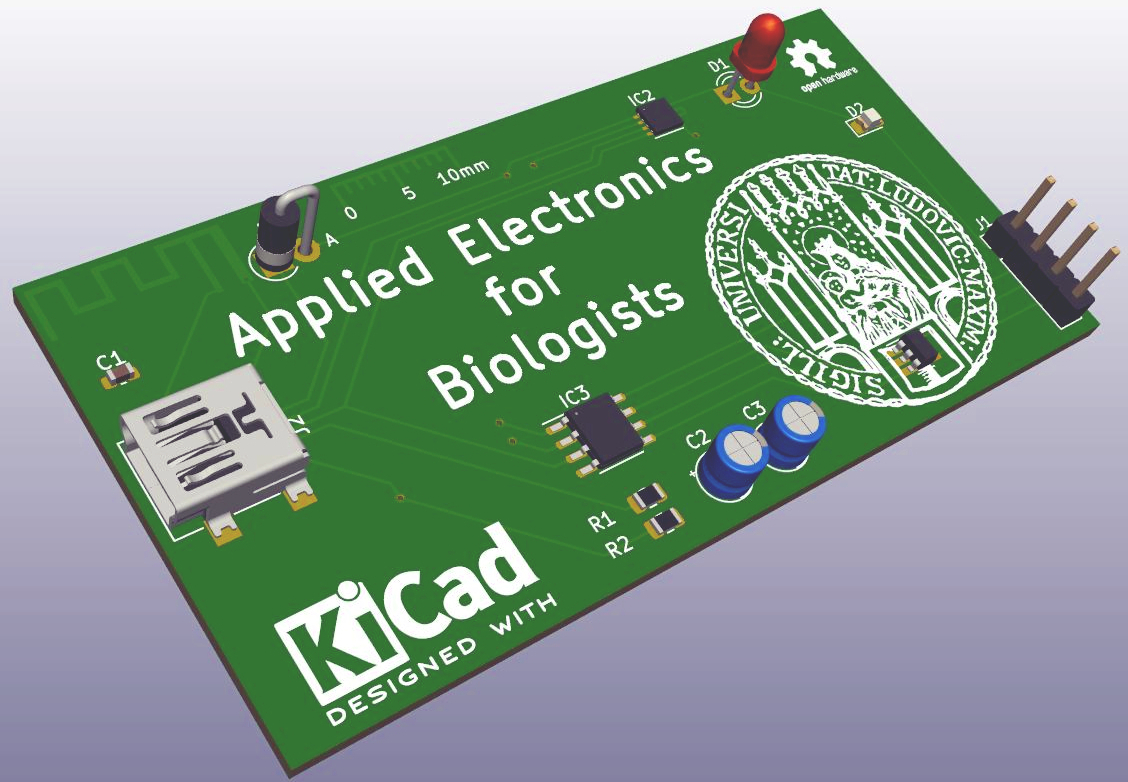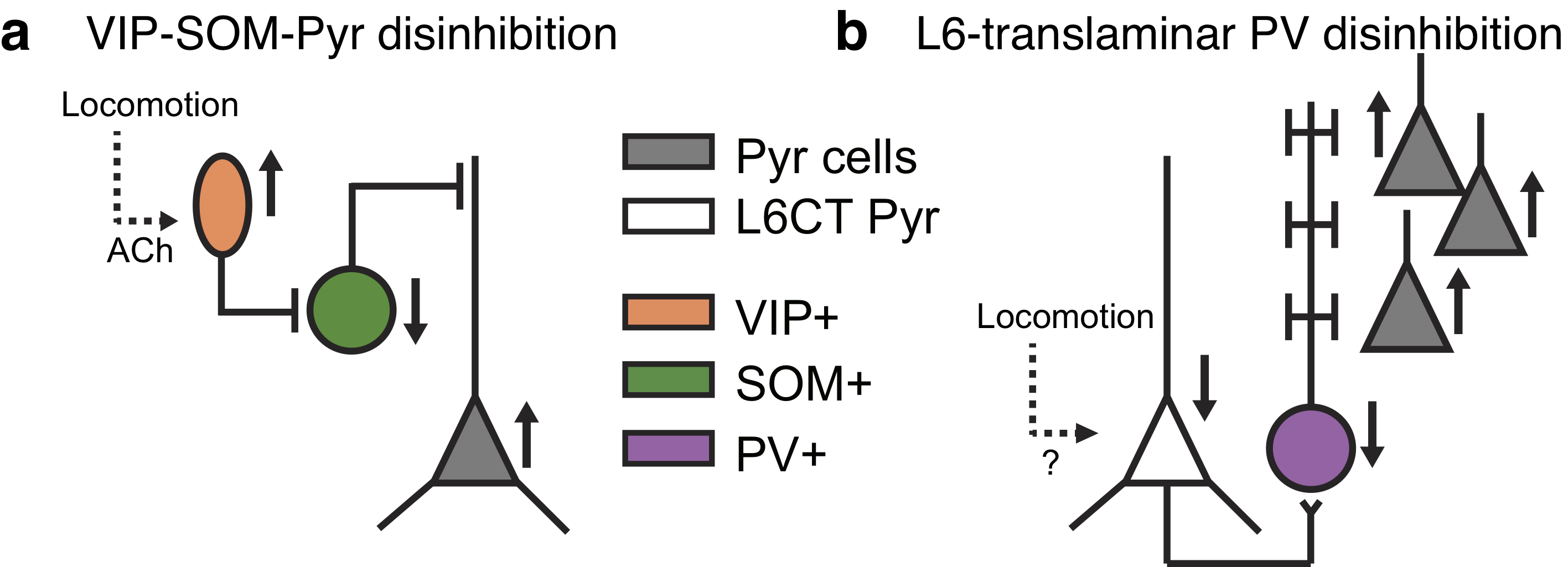- Trainer/in: Alexander Kaiser
- Trainer/in: Cornelia Kopp-Scheinpflug
- Trainer/in: Kay Thurley
- Trainer/in: Daniela Billenstein
- Trainer/in: Alexander Kaiser
- Trainer/in: David Keays
The CNS is a terminally differentiated tissue, where any insult carries a heightened risk - yet the tissue response to these insults is variable and can range from irreversible destruction to almost complete recovery. The rules that instruct these divergent outcomes are still unknown. The topic of this lecture series is the biology of the multicellular response that determines recovery after CNS injury. We will focus on the multi-scale, spatio-temporal cell biology in different models of CNS injury. The participants will not only be introduced to principles of CNS recovery, but also the new imaging technology that is necessary to study the biology. Another focus will be put on neuronal, glial and immunological aspects of CNS recovery/damage.
Learning objectives: -
Introduction
into various inflammatory, traumatic, metabolic or ischemic models and their
various mechanisms that determine the balance between reconstitution and
scarring (e.g. multiple sclerosis and inflammation induced CNS damage, axonal
injury and loss, spinal cord injury, stroke) -
Introduction
into imaging approaches in neuroscience (specifically electron microscopy
techniques to understand ultrastructural details
of CNS tissue and in vivo imaging approaches) - Principles
of CNS recovery from a neuronal, glial and immunological perspective (e.g. Remyelination,
axonal regeneration, role of inflammatory cells in injury and recovery) - Presentation
of current research findings in the recovery of the CNS recovery (therapeutic
approaches and molecular targets)
- Trainer/in: Florence Bareyre
- Trainer/in: Laura Empl
- Trainer/in: Alexander Kaiser
- Trainer/in: Martin Kerschensteiner
- Trainer/in: Arthur Liesz
- Trainer/in: Thomas Misgeld
Willkommen zur Übung "Methoden der Physiologie - Teile Human- und Tier-Physiologie"!
Die
Übung besteht aus fünf Kursteilen, die über den November hinweg
durchgeführt werden. Zwei davon werden in Präsenz abgehalten: Der
Kursteil "Blut / Verdauung" im Rahmen der Humanphysiologie sowie der Kursteil
"Muskelphysiologie" im Rahmen der Tierphysiologie.
Ihre
Gruppeneinteilung bzw. Präsenztage für diese Kursteile können Sie aus
der Tabelle "3_Semster_gesamt" unter den Themen "Humanphysiologie" und
"Tierphysiologie" auslesen (diese Tabelle ist hier hochgeladen und haben
Sie auch schon am 10.10.21 per Mail von Herrn Bögle erhalten)
Die weiteren drei Kursteile finden online statt und können selbständig über einen größeren Zeitraum bearbeitet werden. Ende November werden hierzu dann "Abschluss-Tutorien" angeboten werden (Zeiten folgen noch).
WICHTIG: Für die Bearbeitung der Online-Kursteile verwenden wir dieses Jahr erstmalig eine online-Software, die spezille für "Online-Übungen" konzipiert wurde. Wir erhoffen uns dadurch mehr Bezug zu den Präsenz-Arbeiten, einen bessern Lernerfolg und - bestenfalls - mehr Spaß beim Durchführen.
Zur Bearbeitung der Online Kursteile werden Sie einen Link erhalten, um sich anzumelden.
Eine Einführung in den Gebrauch der Software (mit dem Namen "Lt") finden Sie hier (auf englisch).
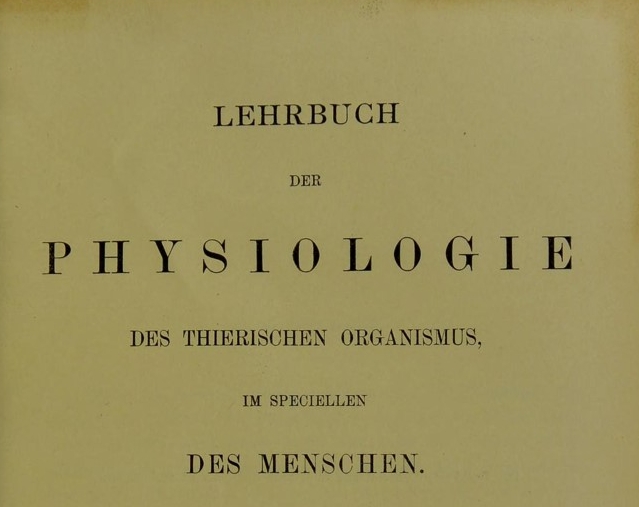
- Trainer/in: Otto Albrecht
- Trainer/in: José Alcami Ayerbe
- Trainer/in: Karin Bauer
- Trainer/in: Oliver Behrend
- Trainer/in: Wolfgang Enard
- Trainer/in: Franziska Fröhlich
- Trainer/in: Johanna Geuder
- Trainer/in: Antonia Keßler
- Trainer/in: Cornelia Kopp-Scheinpflug
- Trainer/in: Lars Kunz
- Trainer/in: Josef Mautner
- Trainer/in: Michael Pecka
- Trainer/in: Hans Straka
- Trainer/in: Beate Vieth
- Trainer/in: Ming Zhao
- Trainer/in: José Alcami Ayerbe
- Trainer/in: Richard Merrill
- Making electrodes
- Handling and training animals
- Implanting electrodes into the brain
- Recording extracellular signals
- Origin of extracellular potentials
- Physical principles of extracellular recording
- Practical aspects of extracellular recordings
- Preparing ephys data for analysis
- Analysis of LFP signals, detection and quantification of low and high frequency oscillations
- Sorting of extracellular spikes
- Analysis of spike trains
- Current-source density (CSD) analysis
- Potential caveats and pitfalls in analysis of LFP signals
For each topic I provide first a presentation with theoretical introduction. Then we switch to Matlab where I explain how to implement a particular analysis using a well-commented demo script. At the end the participants can try the explained analysis on their own using the provided list of exercises as a guideline.
Programming skills or prior Matlab knowledge is helpful, but not necessary. No need for a powerful PC or laptop, or Matlab license, because all the work is done remotely on the lab server. Fast enough internet connection is desirable.
Content: The course is intended for Master and PhD students interested in systems neuroscience and willing to learn state-of-the-art extracellular recording techniques and analysis of the electrophysiological data. The course includes both theoretical introduction into all the aspects of the extracellular recording and hands-on practicum on recordings with tetrodes or silicon probes of local field potentials and multiple single neurons in freely moving rats or mice. Training will include animal handling and training, preparing electrodes, brain surgery, recording in typical behavioral tasks, data processing, spike sorting and typical data analysis of local field potentials and spike trains in Matlab.
Acquired skills: After participating in the course, the students will learn about modern extracellular recording techniques, the origin and interpretation of extracellular signals, application of the techniques to spatial navigation and learning research. They will be familiarized with the terminology relevant to the electrophysiological experiments. Under close supervision, the students will go through all the principle steps of a typical experiment themselves. At the end they will be able to handle and train animals, make tetrodes and implant them into the brain, operate an acquisition system to record extracellular signals, visually explore and evaluate quality of the recorded data, prepare the data for further analysis, do spike sorting, program Matlab scripts to perform typical spectral and spike train analysis. The acquired knowledges and skills can be directly applied to specific scientific projects the students are already working on or plan to work on in the future.
| 3 ECTS; 2 week full-day (9:00-18:00 s.t.) block course; |
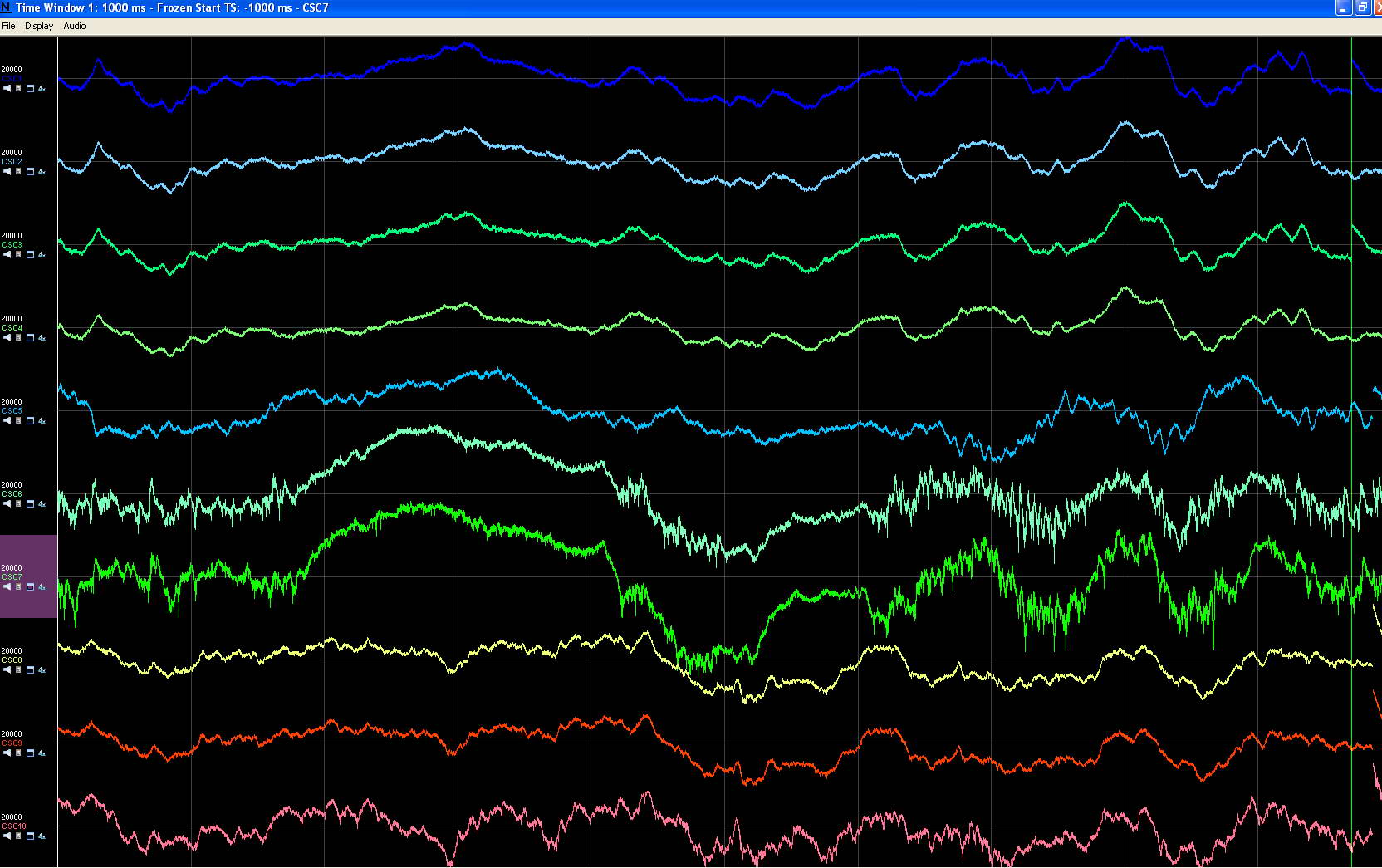
- Trainer/in: Evgeny Resnik
Content: This course provides a theoretical and practical insight in genetics, pathomechanism, diagnostics and treatment development of selected inherited neuromuscular disorders. Topics include: pedigree analysis, mutational analysis (theoretical and practical), muscle histology, cellular mechanism and assays as well as therapeutical approaches. Methods include: SNP genotyping, immunohistochemistry, biochemical assays, real-time PCR, microscopy, cellular uptake assays, and others. Learning outcome: Students will get an overview of the genetic background and functional consequences of selected neuromuscular disorders and learn how to approach these from identification and verification of mutations to the development of therapeutic strategies. 2 ECTS; 1 week full-day block course; |
- Trainer/in: Alexander Kaiser
- Trainer/in: Peter Meinke
Inhalt
In der Vorlesung Tier- und Humanphysiologie werden theoretische und praktische Grundkenntnisse in Tier- und Humanphysiologie vermittelt. Die Vorlesung führt ein in grundlegende Aspekte der Tierphysiologie, dies sind insbesondere: Osmoregulation, Muskelphysiologie, Herz- und Kreislaufphysiologie, Ionentransport über Membranen und Nernst-Gleichung, Atemphysiologie, Sehen, Hören und EEG.
Qualifikaitionsziele
Lerninhalte sind theoretische Grundlagen der pflanzlichen und mikrobiellen Physiologie, sowie der Physiologie der Tiere und des Menschen. Die Studierenden beherrschen die Inhalte der Vorlesungen und sind zum Wissenstransfer auf aktuelle Probleme fähig.
- Trainer/in: Otto Albrecht
- Trainer/in: José Alcami Ayerbe
- Trainer/in: Oliver Behrend
- Trainer/in: Wolfgang Enard
- Trainer/in: Cornelia Kopp-Scheinpflug
- Trainer/in: Lars Kunz
- Trainer/in: Josef Mautner
- Trainer/in: Michael Pecka
- Trainer/in: Sven Schörnich
- Trainer/in: Hans Straka
Content: The course provides a comprehensive view on the most modern molecular techniques employed to tackle fundamental questions in neurobiology. A particular emphasis will be laid on the use of modern tools to manipulate DNA, reprogram cellular identity and trace brain connectivity, in health and disease. Learning outcome: Understand how modern techniques can help unravelling unsolved questions in molecular neurobiology. |
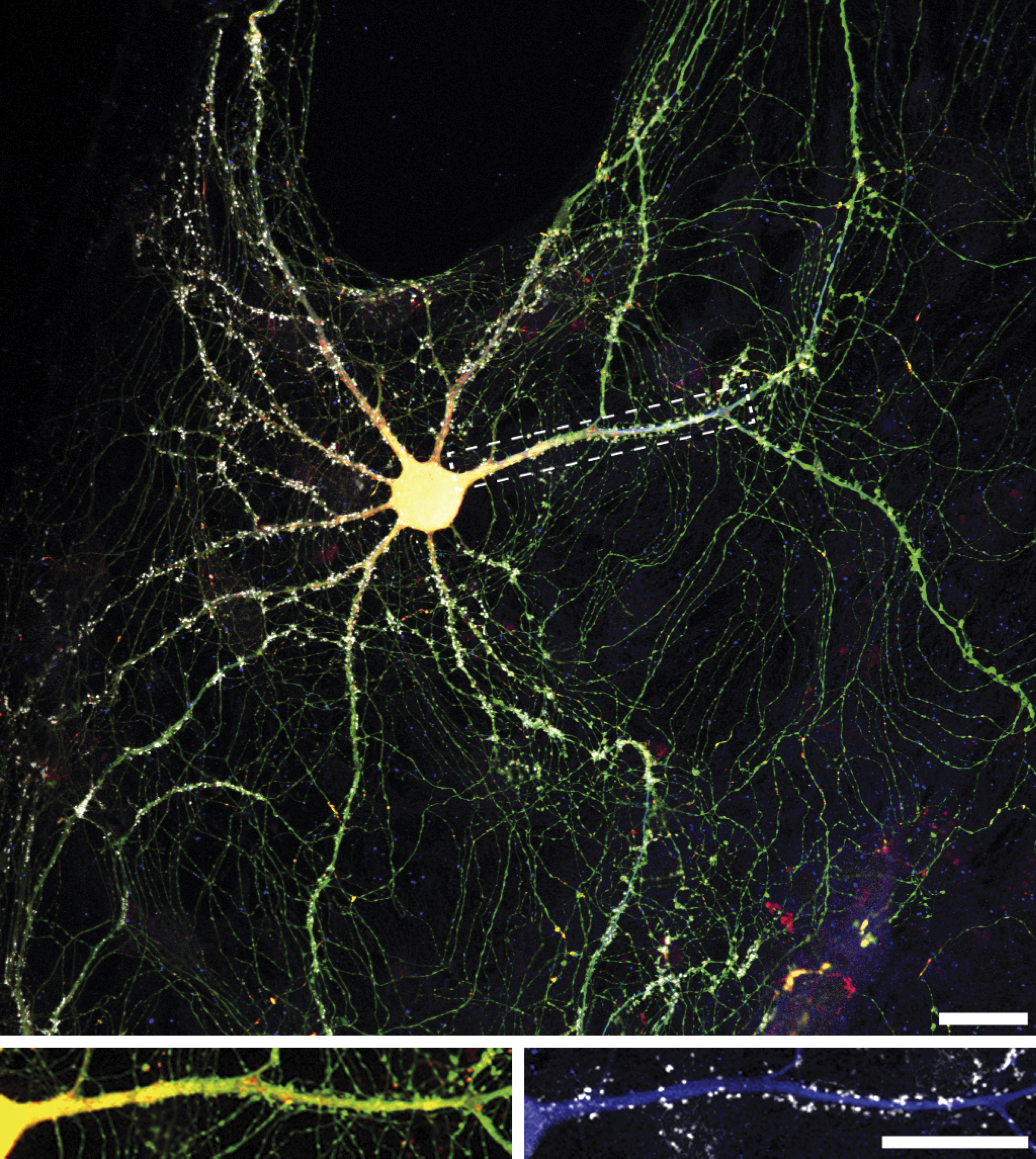
- Trainer/in: Alexander Kaiser
- Trainer/in: Giacomo Masserdotti
- Trainer/in: Otto Albrecht
- Trainer/in: Hans Straka
The course consists of a lecture and excercise to deepen knowledge in several neurohistological methods in mammals. Topics include stereotaxis, fixation and preparation of nervous tissue, sectioning, immunostaining, tracing methods, analysing of stained sections with bright field, epifluorescence and confocal laser scanning microscopy. Furthermore, methods for preparing high quality images from multi-immunostainings are applied to prepared sections. Finally, the students will analyse and discuss their results in respect to related publications and prepare a presentation. The students work in groups of 2-3 on individual projects and present the outcome within the class.

- Trainer/in: Alexander Kaiser
- Trainer/in: José Alcami Ayerbe
- Trainer/in: Alexander Kaiser
- Trainer/in: Davide Crombie
- Trainer/in: Steffen Katzner
- Trainer/in: Martin Spacek
The lecture Systems Neuroscience 1 addresses the principles of
sensory processing, the transduction of adequate stimuli, and ensuing sensory-motor interactions. A detailed description of the peripheral and central
stages of each specific sensory system is accompanied by theoretical
concepts of the underlying neuronal processing. The lecture is given
weekly (VIA ZOOM; 2 SWS) and requires regular attendance and a final exam. The
following sensory systems are covered by participating lecturers:
-The mechanosensory lateral line system of aquatic animals and its role in the detection, identification and localisation of objects on the water surface or within the water body
-Electroreception: peripheral and central properties of independently evolved systems, and the systems’ role in object detection, orientation, and communication
-The ontogenesis, organization and plasticity of the vestibular system and general aspects of sensory-motor interaction
-Properties of diverse magnetoreceptive systems-Principles of several chemoreceptive systems, peripheral and central processes of the gustatory and the olfactory system, multimodal interactions
-Peripheral and central stages of somatosensory systems, and their function
-Mechanisms of pain, and temperature perception
- Trainer/in: Oliver Behrend
- Trainer/in: Daniela Billenstein
- Trainer/in: Alexander Kaiser
- Trainer/in: David Keays
- Trainer/in: Simon Nimpf
- Trainer/in: Hans Straka
- Trainer/in: Alexander Kaiser
- Trainer/in: Lars Kunz
- Trainer/in: Maria Sanchez Gonzalez
The lecture provides an introduction to fundamental principles in Neuroscience. The lecture consists of 26 topics which are organized in 4 blocks:
(1) Cellular Molecular, Synapses, Electrophysiology, Networks
(2) Nervous System Development
(3) Comparative Neurobiology and Evolution of the Brain
(4) Plasticity: Learning and Memory
We are looking forward to having you in Fundamentals in Neuroscience I!
Responsible: Laura Busse (busse at bio.lmu.de)
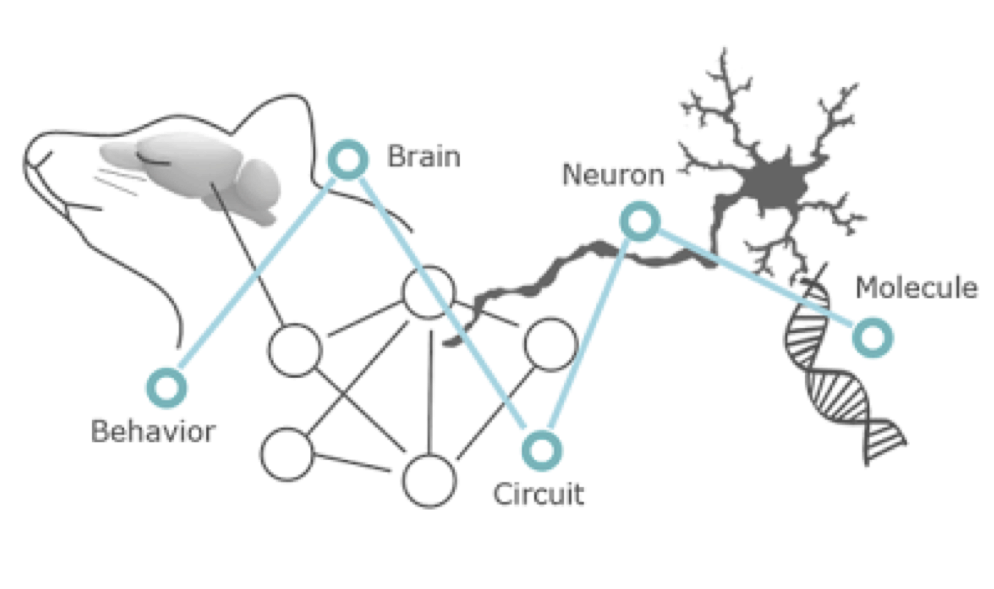
- Trainer/in: José Alcami Ayerbe
- Trainer/in: Laura Busse
- Trainer/in: Benedikt Grothe
- Trainer/in: Alexander Kaiser
- Trainer/in: Maria Sanchez Gonzalez
The WP10 Biomedical Neuroscience Module offers a comprehensive introduction to clinical neuroscience research. The module consists of two parts:
- WP10.1: Lecture series every Thursday, 17.00-18.30h, online via Zoom-Meetings, exam, 2 ECTS.
- WP10.2: Seminar to the lecture
series every Friday, 09.00-10.30h, online via
Zoom-Meetings, presentation, 1 ECTS.
- Trainer/in: Sarah Folkerts
- Trainer/in: Peter Graf zu Eulenburg
- Trainer/in: Alexander Kaiser
- Trainer/in: Valerie Kirsch
Content
|
In this seminar current topics of neurobiology are discussed. Topics include but are not limited to single cell physiology, molecular biology, neuroanatomy and systems neurobiology. Using recommended literature and resources, and with regular consultation with the instructor, students independently research a current topic. The seminar requires an oral presentation of the topic, according to excellent scientific practice, to the entire group. |
Learning outcomes
|
The seminar will introduce students to current events in neurobiology, which will be discussed in a broad context. Students presentation skills with different media will be assessed and commented on. Students will be exposed to current literature which will give them an insight into language and presentation formats required for peer-reviewed publication. |
- Trainer/in: Alexander Kaiser
- Trainer/in: Lars Kunz
- Trainer/in: Michael Pecka
- Trainer/in: Maria Sanchez Gonzalez
- Trainer/in: Sven Schörnich
- Trainer/in: Hans Straka
Content
This series of lectures offers detailed insight into the fundamentals underlying mammalian - including human - vision and hearing. The lectures cover a wide range of topics including basics, main neuronal structures and processing principles within the visual and auditory pathway as well as interesting psychophysical phenomena.
Learning outcomes
Knowledge of principles of auditory and visual neuronal processing, including behavioural consequences. The students should be able to outline these basic principles and transfer their knowledge into an exam situation. Students will obtain the fundamental knowledge required to participate in further specialized courses of the Master Program and will acquire the basic knowledge prerequisite to physiological research.

- Trainer/in: Oliver Behrend
- Trainer/in: Laura Busse
- Trainer/in: Benedikt Grothe
- Trainer/in: Alexander Kaiser
- Trainer/in: Steffen Katzner
- Trainer/in: Michael Pecka
- Trainer/in: Ruben Portugues Peters
- Trainer/in: Sven Schörnich
